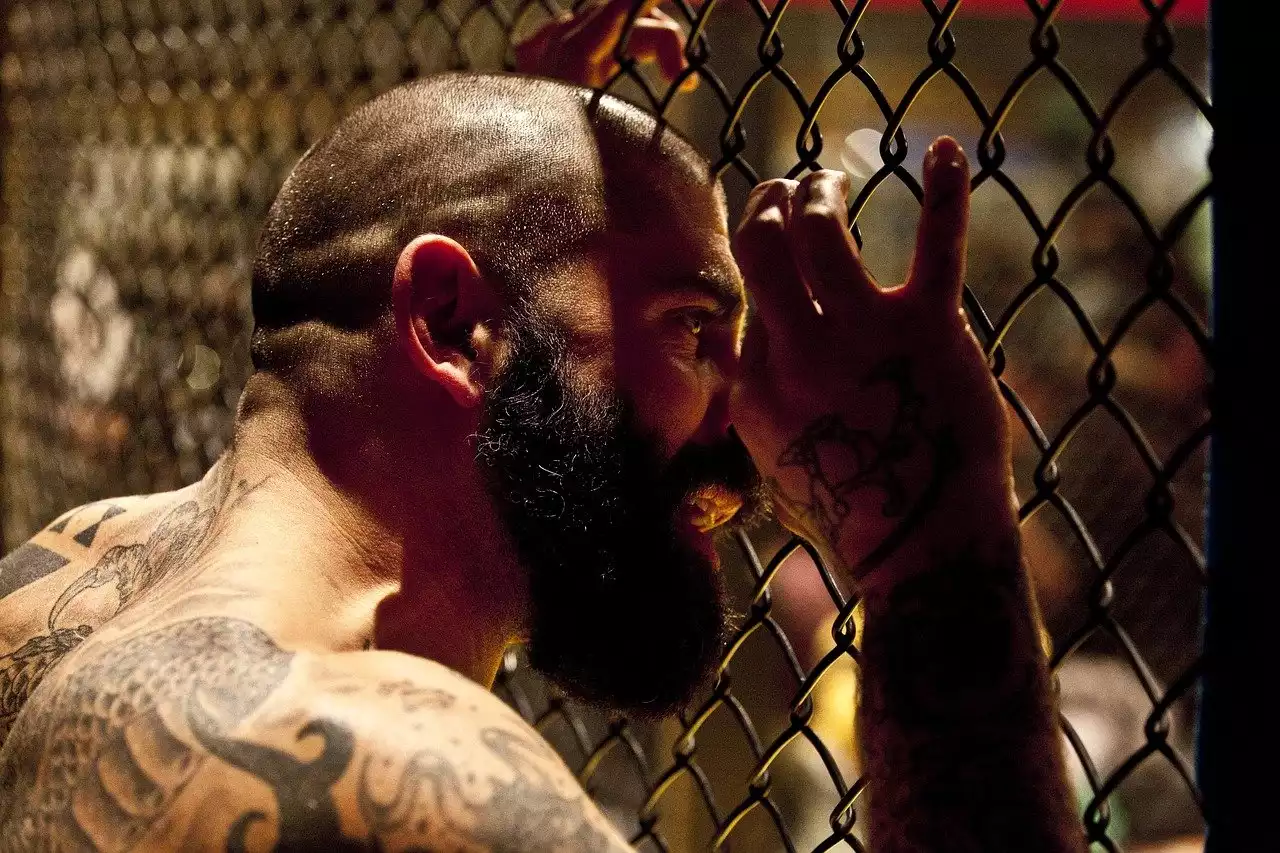Mixed martial arts is a relatively new sport. It was born from two disciplines of fighting, Brazilian Jiu-Jitsu and Wrestling were introduced to an audience at the UFC. The UFC has since become one of the largest sports organizations in the world, with more than 265 million pay-per-view buys and nearly $1 billion in total revenue.
Mixed martial arts began as a way for fighters to compete without rules. There were no weight classes, no rounds, and no time limits. In fact, there weren’t even gloves or mats! The only rule: No biting or eye gouging.
Now that MMA has grown so large, it’s created its own set of rules and regulations. It’s still a fairly new sport that shifts with each passing year, but here are some facts from the past 25 years of MMA to help you understand how it’s evolved over time.
The Birth of the UFC
Mixed martial arts first became a sport in 1993 when the UFC was founded. The UFC was originally called “The Ultimate Fighting Championship” and is now one of the largest sports organizations in the world.
Initially, there were no weight classes, rounds, or time limits. In fact, there weren’t even gloves or mats! The only rule: No biting or eye gouging.
There have been more than 265 million pay-per-view buys and nearly $1 billion in total revenue.
What is a mixed martial artist?
A mixed martial artist (MMA) is a person who competes in a mixed martial arts contest. Mixed martial artists have different styles of fighting, including boxing, Brazilian Jiu-Jitsu, wrestling, Muay Thai and others.
The evolution of ground fighting
The evolution of ground fighting is one of the most interesting things to happen in MMA.
In the early days, fighters were allowed to do almost anything when they were on the mat. There were no points awarded on the ground, and it was legal to attack the head with punches or elbows. It wasn’t until years later that fighters started learning how to defend themselves from strikes while on the ground.
Nowadays, there are many grappling techniques that have been developed and fighters spend a significant amount of time learning how to fight from their backs, on their feet, or while turning each other into pretzels.
Stricter rules for striking
The first UFC event in 1993 only allowed fighters to punch, kick, and take down their opponents.
It wasn't until the late 1990s that striking was limited to the head and body.
Now, there are a few more restrictions: Fighters can't strike the back of the head or spine, groin, kidneys, or knees.
Fighters must also wear gloves and fight on a mat.
Additionally, rounds were introduced in 1998. Now fighters only need to fight three five-minute rounds with a 30-second break in between each round.
Women’s MMA becomes an Olympic sport
The all-female MMA promotion, Invicta FC, launched in 2012. It was founded by Shannon Knapp and is headquartered in Kansas City.
There are currently about 20 female UFC fighters, but MMA is still male-dominated. In 2016, the International Olympic Committee (IOC) agreed to make women’s MMA an Olympic sport at the 2020 games.
Women’s boxing was also added to the 2020 Olympics program. Until then, it will be a demonstration sport at the 2016 Games in Rio de Janeiro, Brazil.
Women fighters fight for equality
In 1993, just 21% of American households had a TV. The UFC was still new and MMA was seen as brutal and violent.
The first female fighter appeared in 1997 when Julie Kedzie lost to Lisa King by TKO in the second round. It’s estimated that there are upwards of 500-800 professional female fighters from around the world.
In 2018, the UFC was acquired for $4 billion by entertainment giant WME-IMG, which also owns Professional Bull Riders (PBR) and Professional Golfers Association of America (PGA). Female fighters like Ronda Rousey have been at the forefront of MMA since its inception. In 2015, Rousey became the first female champion to headline a UFC fight card when she fought Holly Holm at UFC 193.
The fight between Rousey and Holm is one of the most watched events in UFC history with 1.1 million PPV buys while generating over $10 million in pay-per-view revenue.
Title belts become more important than ever before
One of the most significant changes in MMA over the last decade is that title belts have become more important than ever before. In fact, there are now nine major world titles on offer at the top level of competition—a stark difference from the early days when belts were handed out on a whim.
The UFC introduced their first belt in 1997, and it was immediately followed by World Extreme Cagefighting’s (WEC) inaugural title. It wasn’t until 2001 that the WEC and UFC merged together to form one organization.
Since then, many new weight classes have been created and an entire organizational system has been created to establish legitimacy and ensure that everyone is ranked based on skill rather than popularity or previous wins.


 River and Lake Fishing
River and Lake Fishing
 Horse Racing and The Preakness Stakes
Horse Racing and The Preakness Stakes
 Top Gaelic Handball Matches to Remember
Top Gaelic Handball Matches to Remember The Biggest MMA Fails
The Biggest MMA Fails MMA-Women And The Sport
MMA-Women And The Sport MMA: The Ultimate Fighting Championship
MMA: The Ultimate Fighting Championship An MMA Fighter's Guide to Fighting in The Cage
An MMA Fighter's Guide to Fighting in The Cage